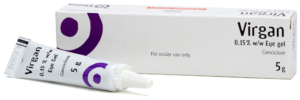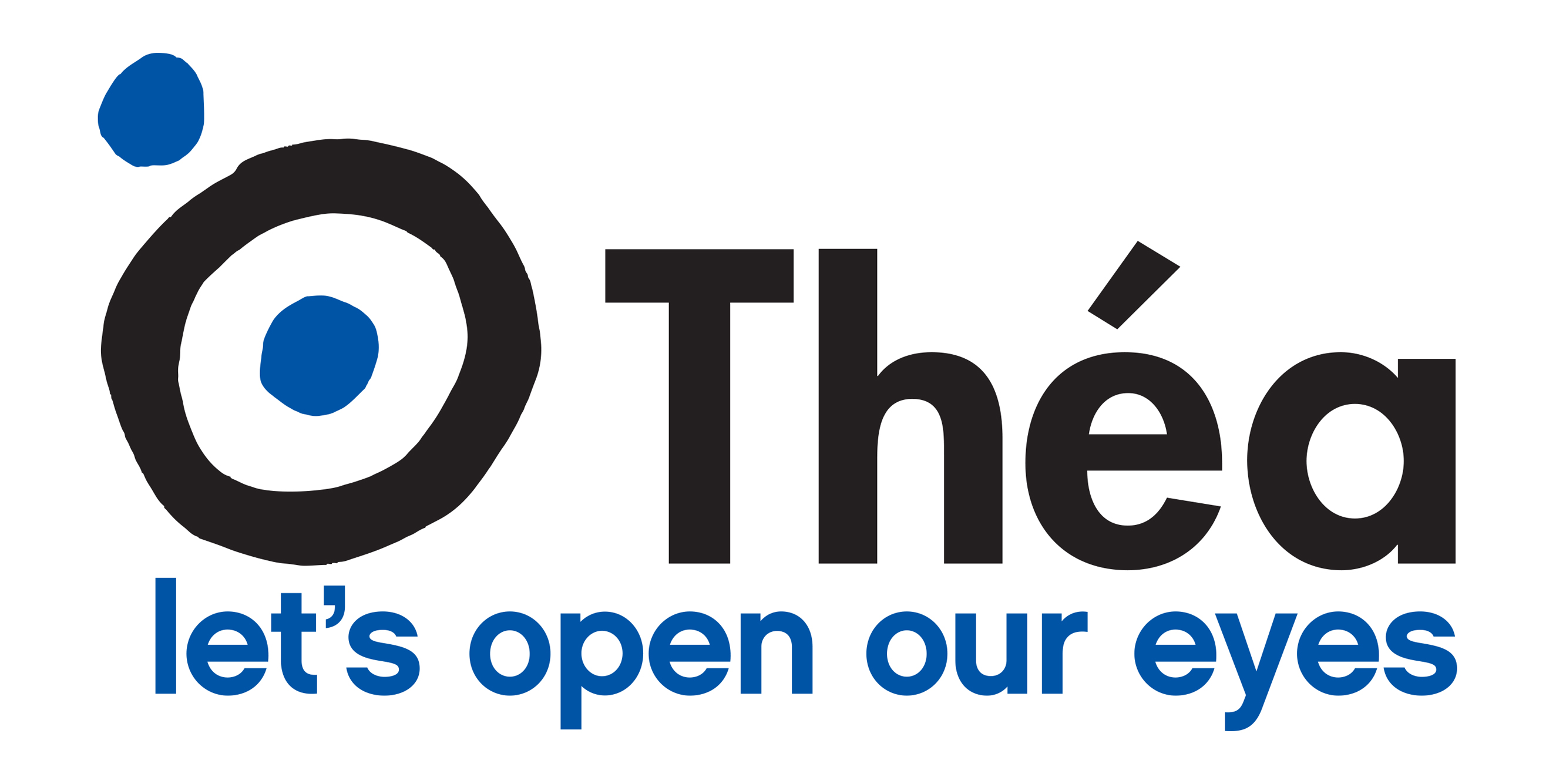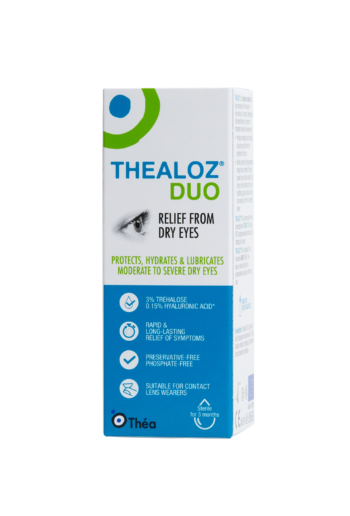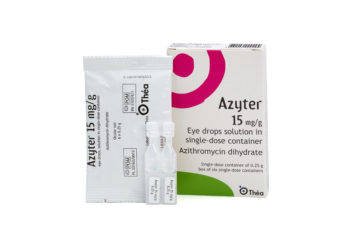For healthcare professionals

Introducing Virgan®
- Virgan contains 0.15% w/w ganciclovir in a transparent aqueous gel formulation
- Ganciclovir is a broad-spectrum antiviral agent which is highly effective against herpes viruses1
Virgan is indicated for the treatment of acute herpetic keratitis (dendritic and geographic ulcers); it achieves a high intracorneal concentration of ganciclovir.2
Virgan gel reduces the impact of blurred vision and corneal impairment3-5 and is very well tolerated by patients, with 97% of patients assessing the tolerance of Virgan as good or excellent.6 Clinical efficacy is confirmed by a number of international trials,5,7,8 showing lower frequency of corneal impairment than aciclovir ointment with no systemic adverse effects.
Virgan contains a low level of preservative.

Key Features
- Low level of preservative
- Achieves high intracorneal levels of ganciclovir
- Proven clinical efficacy
- Very well tolerated with low levels of blurred vision and corneal impairment3-5
How to use
One drop of gel in the inferior conjunctival sac of the eye to be treated, 5 times a day until complete corneal re-epithelialisation. Then 3 instillations a day for 7 days after healing. The treatment does not usually exceed 21 days.
Use in children under 18 years is not recommended since no specific studies have been conducted.
Soft contact lenses should be removed before instillation and can be re-inserted 15 minutes after instillation.
If more than one ophthalmic drug is being used, the drugs should be administered at least 15 minutes apart. Virgan should be instilled last.
This medicinal product does not require any special storage conditions.
Use within 4 weeks of opening.
Pack contents
1 x 5g tube
Pricing
Prescription only medicine.
NHS Price: £19.99
PIP code: 280-4722
References
- Faulds D et al. Drugs 1990;39:597.
- Pouliuei P et al. Poster ARVO 1996 Invest Ophthalmol Vis Sci 1996;37 (3):5313.
- Colin J et al. Cornea (1997);16(4):393-399.
- Kaufman H. Presented at Am Acad Ophthal Ann Meeting Nov 8-11, 200).
- Hoh HB et al. Br J Ophthalmol 1996;80:14-143.
- Castela N et al. J Ocul Pharmacol 1994;10:439-51
- Colin J et al. Cornea 1997;16(4):393-399.
- Data on file, Labarotoires Thea (France).
Page last updated: 20th January 2025





